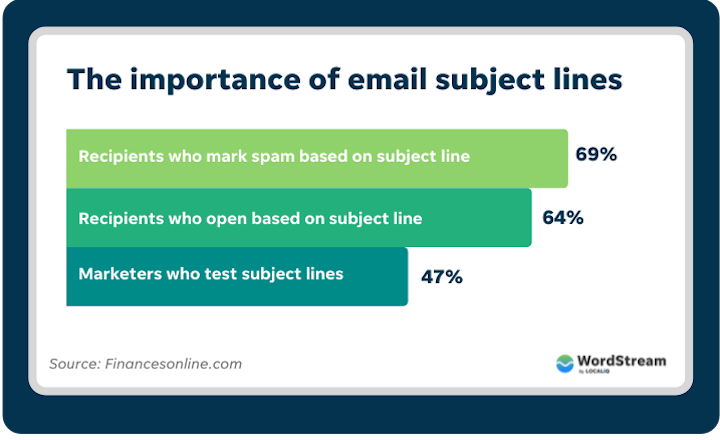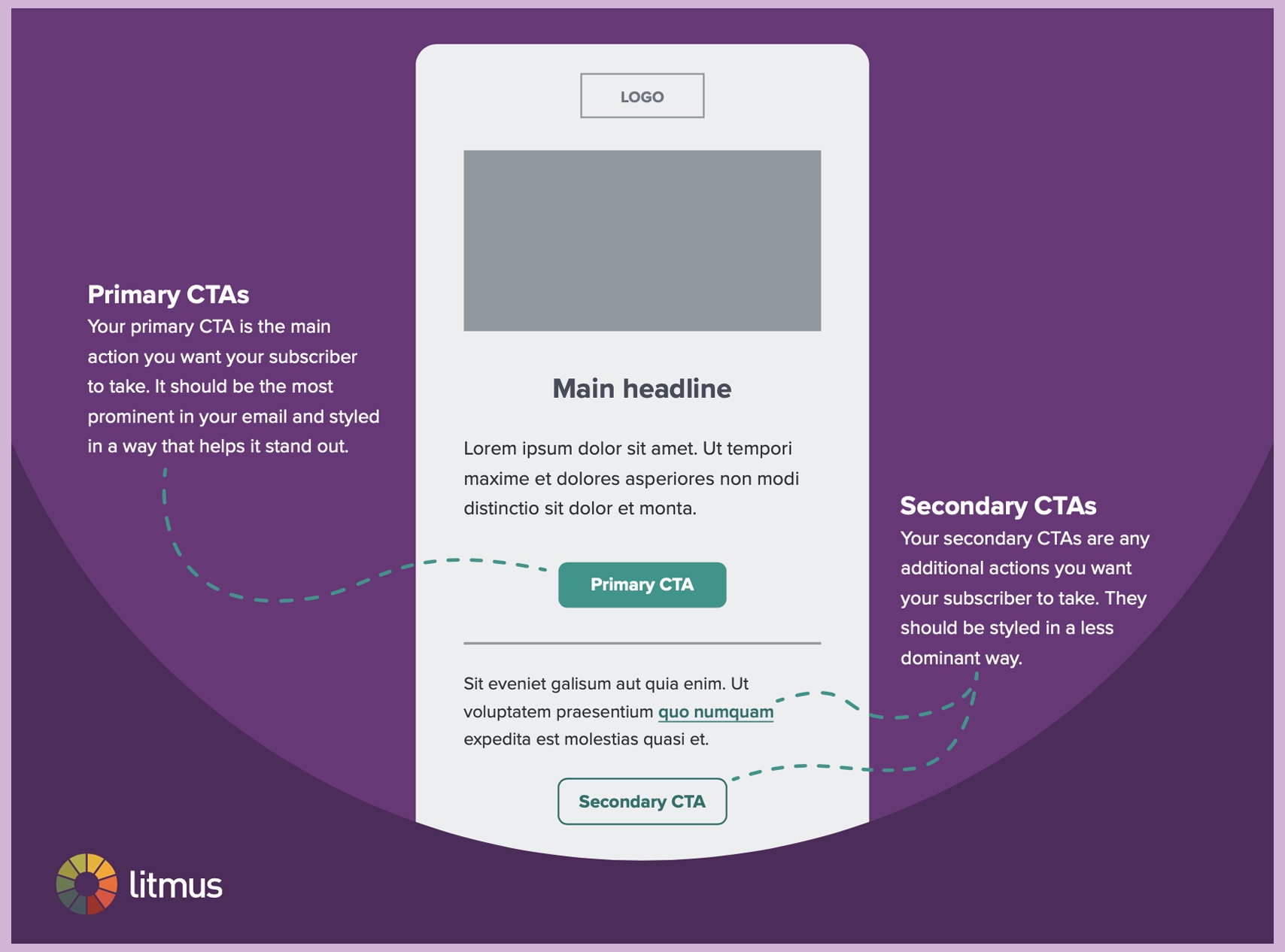In today’s digital world, email marketing remains an effective tool for engaging with customers, driving conversions, and building brand loyalty. However, with inboxes flooded with messages, creating compelling email copy that stands out and motivates recipients to take action is crucial. This article explores strategies for writing captivating email copy that drives results.
Understanding the Audience
Before diving into crafting your email copy, it’s essential to have a clear understanding of your target audience. Define your buyer personas, identify their pain points, and tailor your messaging accordingly. Follow the best email marketing practices and create a more personalized and compelling email by speaking directly to their needs, desires, and challenges.
Crafting an Attention-Grabbing Subject Line
The subject line is the gateway to your email. It’s the first thing recipients see, determining whether they open or ignore your message. To create an attention-grabbing subject line on your email autoresponder, consider the following:
- Keep it concise and compelling.
- Use action-oriented language.
- Incorporate personalization when possible.
- Create a sense of urgency or exclusivity.

Creating a Persuasive Opening
Once the recipient opens your email, the opening lines must captivate their attention and entice them to keep reading. Here are some techniques to create a persuasive opening:
- Start with a relevant and intriguing question.
- Use a compelling anecdote or story.
- Highlight a benefit or solution to a problem.
- Use clear language to spark curiosity.
Structuring the Body
The body of your email should provide valuable information, showcase the benefits of your offer, and lead the reader toward your call to action (CTA). Here are some essential elements to include in the body:
- Highlighting Benefits and Value
Communicate the value proposition of your product or service. Show how it can solve the recipient’s problem or improve their life. Use bullet points or short paragraphs to make the information easily scannable.
- Utilizing Storytelling Techniques
Storytelling is one of the best email marketing strategies. Engage your readers by weaving stories into your email copy. Storytelling helps create an emotional connection and makes your message more memorable. Use real-life examples or customer success stories to illustrate the benefits of your offering.
- Including Social Proof
To build trust and credibility, incorporate social proof such as testimonials, case studies, or user-generated content. When recipients see that others have benefited from your product or service, they are more likely to take action.
Call to Action
Every email should have a clear and compelling call to action. Make it prominent and easy to find. Use action-oriented language that motivates the reader to click, sign up, purchase, or any other email marketing metrics you track.

Personalization and Segmentation
Personalization goes beyond addressing recipients by their first names. Leverage the data you have about your audience to create highly targeted and relevant emails. Segment your subscribers based on demographics, interests, or previous interactions to deliver personalized content that resonates with them.
Testing and Optimization
To maximize the effectiveness of your email copy, conduct A/B testing. Test different subject lines, email lengths, CTAs, and content variations to identify what resonates best with your audience. Analyze the results and optimize your future campaigns based on the insights gained.
Subject Line Tips
Here are a few additional tips to optimize your subject lines:
- Keep subject lines under 50 characters for optimal mobile viewing.
- Use powerful words that evoke emotions and curiosity.
- Create a sense of urgency by incorporating time-sensitive language.
- Personalize subject lines based on recipients’ preferences or behaviors.
Writing Email Marketing Copy: Conclusion
Writing email marketing copy is a skill that can significantly impact the success of your email marketing campaigns. You can enhance engagement and drive conversions by leveraging good email marketing examples, understanding your audience, crafting attention-grabbing subject lines, creating persuasive openings, and providing value throughout the body. Remember to personalize your messages, test and optimize your campaigns, and always strive to deliver relevant and valuable content to your subscribers.
Email Marketing Copy FAQs
The length of your email copy depends on the complexity of your message. Generally, it’s best to keep it concise and scannable, focusing on the key points and benefits.
Yes, including a clear call to action is essential. It directs your recipients on what action to take, whether purchasing, signing up for a webinar, or visiting a landing page.
Personalization helps create a more tailored and relevant experience for your subscribers. It enhances engagement, builds trust, and improves the chances of converting leads into customers.
The frequency of your emails depends on your audience and the nature of your business. It’s crucial to balance staying top of mind and avoiding overwhelming your subscribers.
Along with crafting compelling subject lines, you can improve open rates by optimizing your sender name, ensuring your emails are mobile-friendly, and segmenting your audience to deliver more relevant content.


